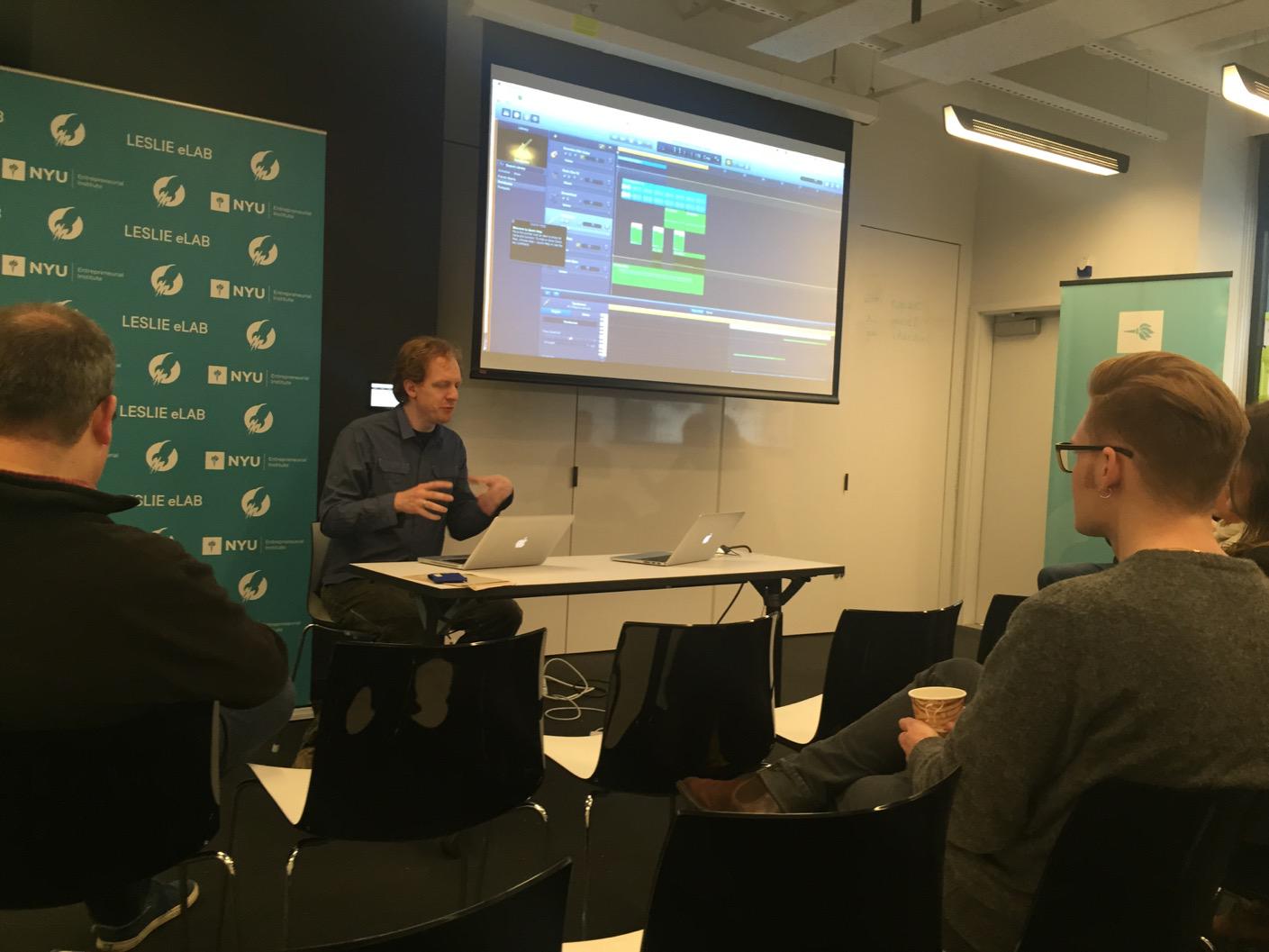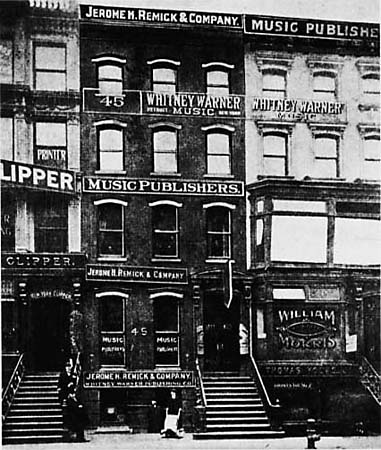See also an explanation of how Auto-Tune works
When we talk about Auto-Tune, we’re talking about two different things. There’s the intended use, which is to subtly correct pitch problems (and not just with vocalists; it’s extremely useful for horns and strings.) The ubiquity of pitch correction in the studio should be no great mystery; it’s a tremendous time-saver.
But usually when we talk about Auto-Tune, we’re talking about the “Cher Effect,” the sound you get when you set the Retune Speed setting to zero. The Cher Effect is used so often in pop music because it’s richly expressive of our emotional experience of the world: technology-saturated, alienated, unreal. My experience with Auto-Tune as a musician has felt like stepping out the door of a spaceship to explore a whole new sonic planet. Auto-Tune turns the voice into a keyboard synth, and we are only just beginning to understand its creative possibilities. (Warning: explicit lyrics throughout.)
Continue reading “Why is there so much Auto-Tune on everything?”






